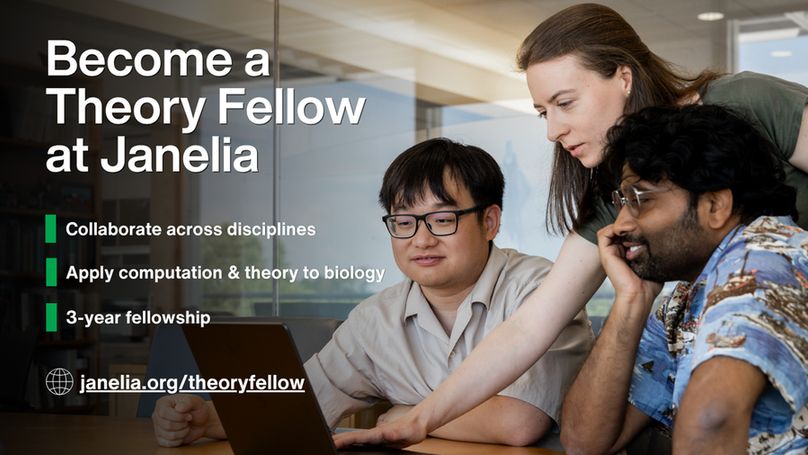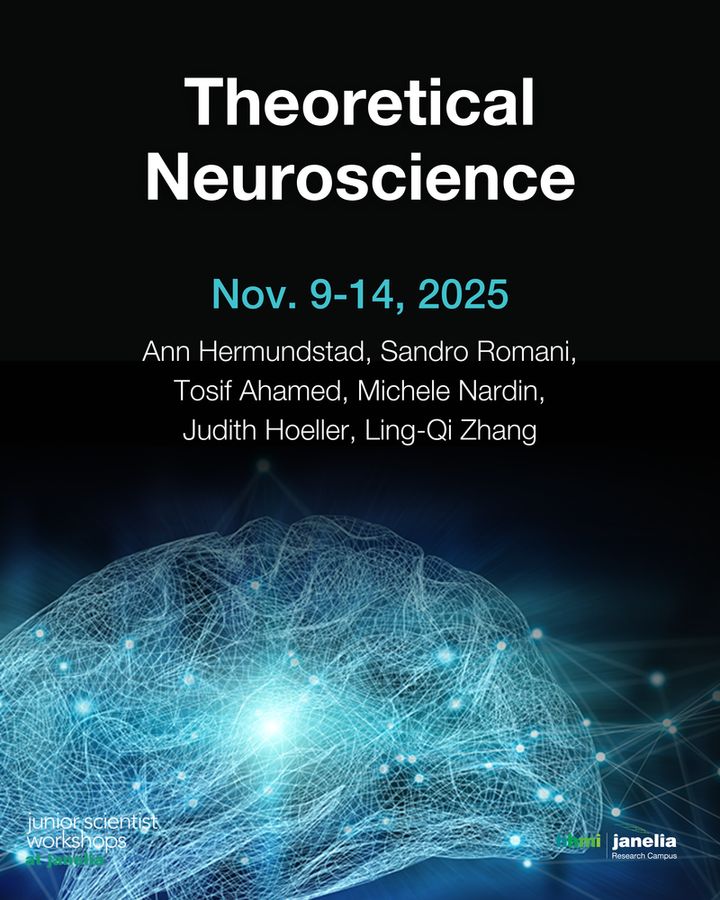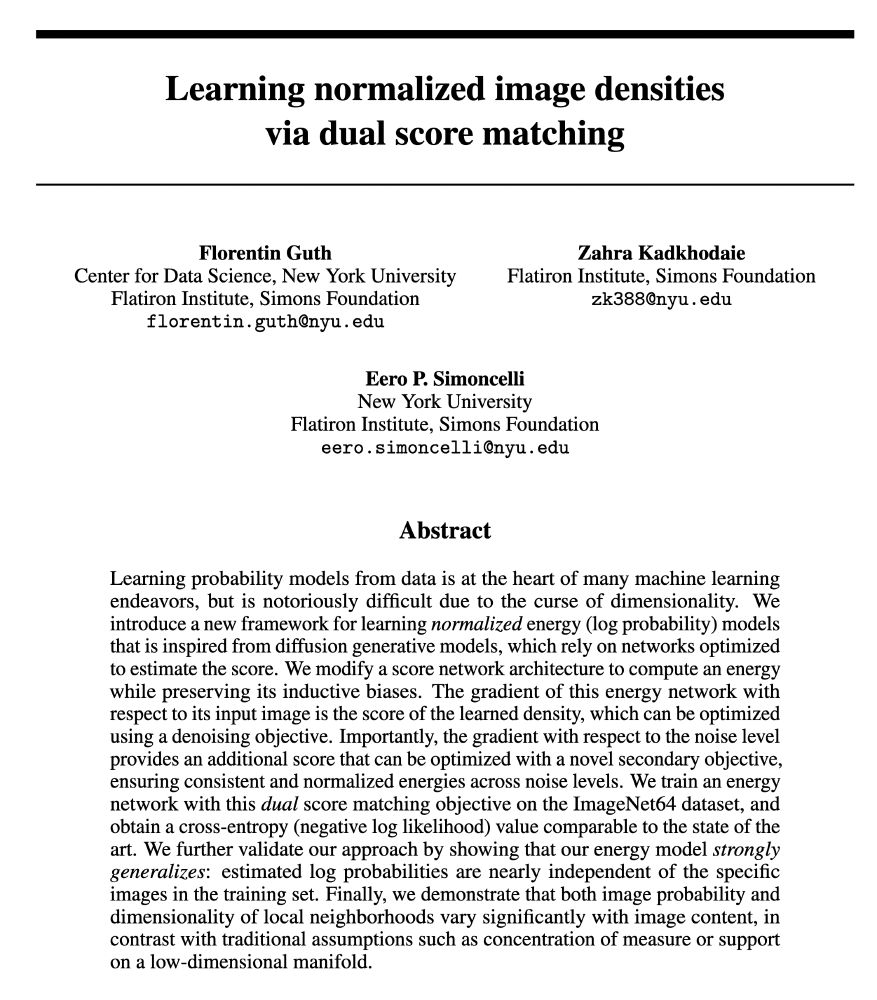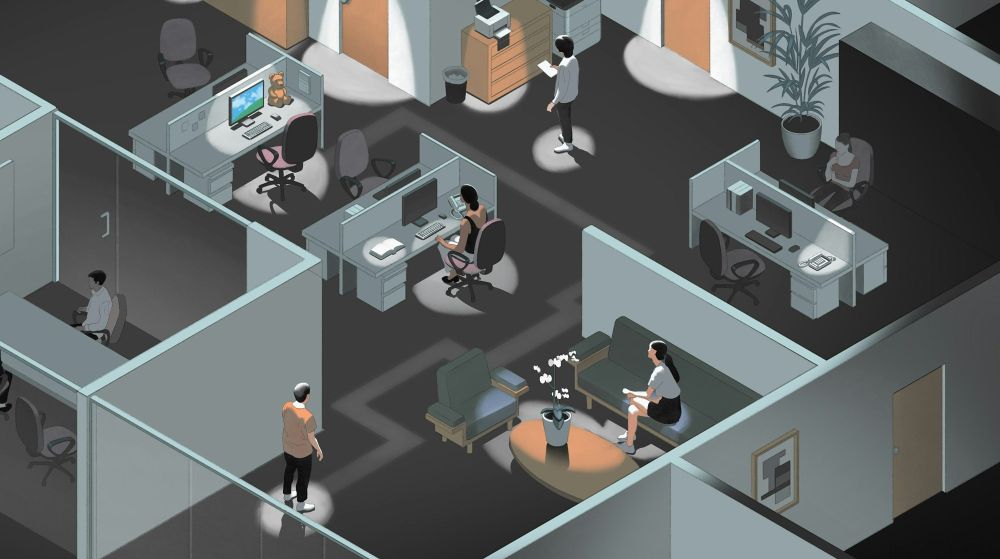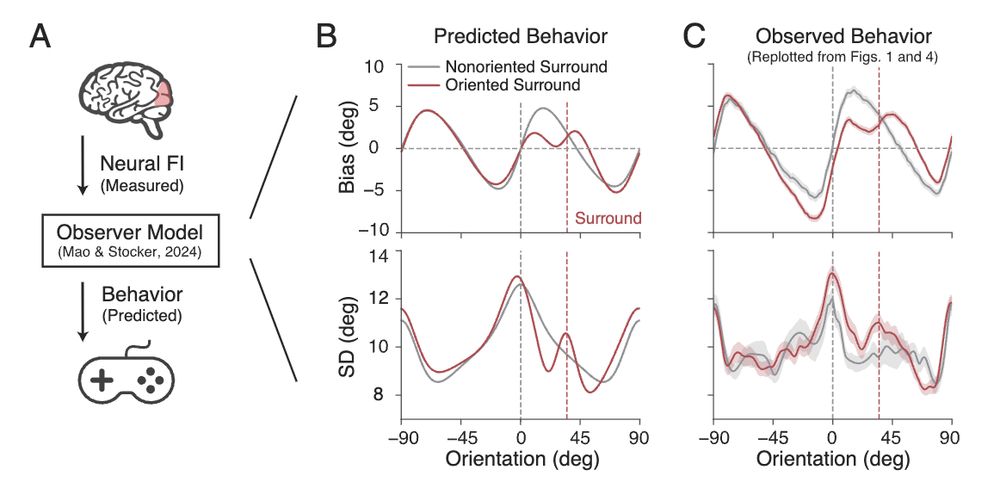Ling-Qi Zhang
@lingqiz.bsky.social
280 followers
340 following
18 posts
🧠 Comp Neuro, Behavior, Theory and Machine Learning | Theory Fellow @HHMI Janelia | 💻 https://lingqiz.github.io/
Posts
Media
Videos
Starter Packs
Reposted by Ling-Qi Zhang
Reposted by Ling-Qi Zhang
Reposted by Ling-Qi Zhang
Reposted by Ling-Qi Zhang
Reposted by Ling-Qi Zhang
Reposted by Ling-Qi Zhang
Reposted by Ling-Qi Zhang
Ling-Qi Zhang
@lingqiz.bsky.social
· Apr 25
Ling-Qi Zhang
@lingqiz.bsky.social
· Apr 24
Ling-Qi Zhang
@lingqiz.bsky.social
· Apr 24
Ling-Qi Zhang
@lingqiz.bsky.social
· Apr 24
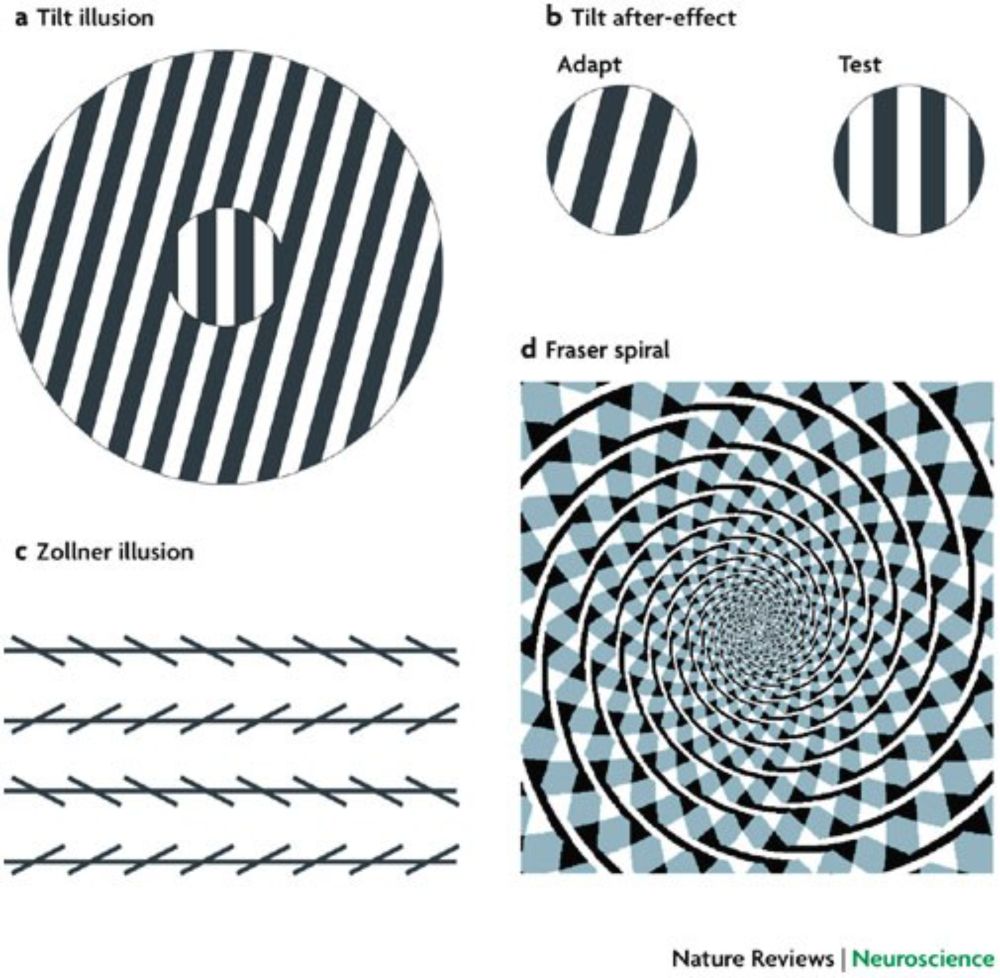
Space and time in visual context - Nature Reviews Neuroscience
Sensory stimuli are interpreted in light of their spatial and temporal context, which can sometimes lead to visual illusions. Schwartz, Hsu and Dayan consider the possible functional benefits of conte...
www.nature.com
Ling-Qi Zhang
@lingqiz.bsky.social
· Apr 24
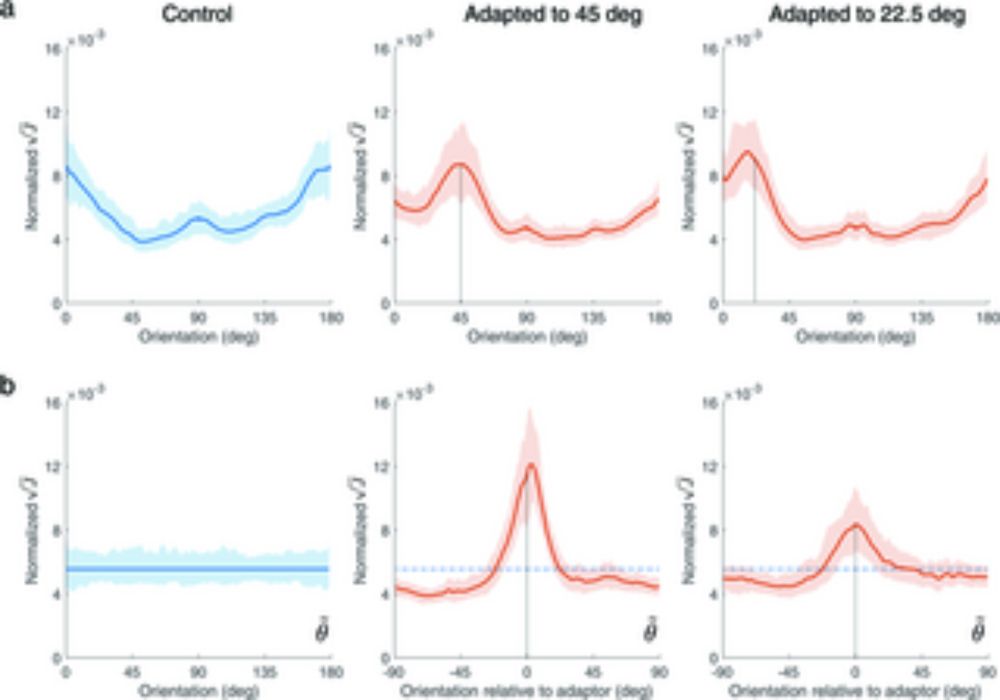
Adaptation optimizes sensory encoding for future stimuli
Author summary Prolonged exposure to a fixed stimulus causes sensory neurons to adapt. In this study, we uncover some of the functional benefits of adaptation for the visual system. We first quantifie...
journals.plos.org
Ling-Qi Zhang
@lingqiz.bsky.social
· Apr 24
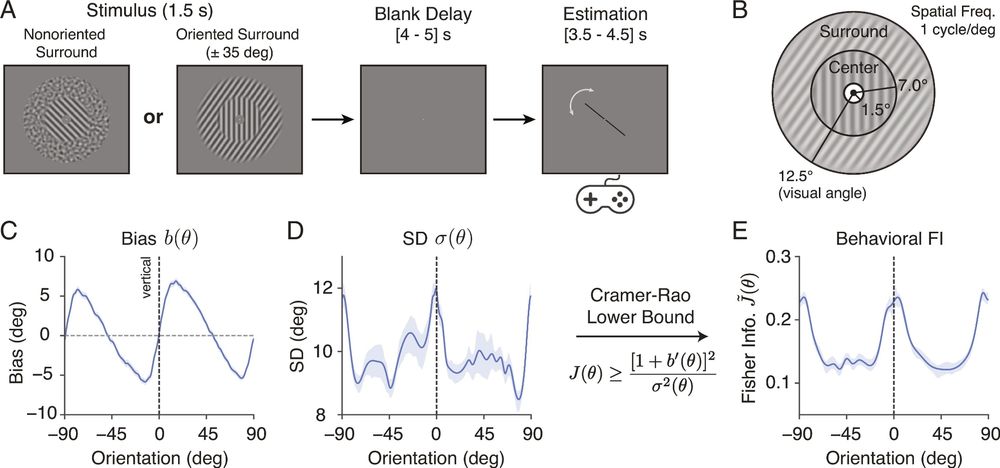
The tilt illusion arises from an efficient reallocation of neural coding resources at the contextual boundary | PNAS
The tilt illusion—a bias in the perceived orientation of a center stimulus induced
by an oriented surround—illustrates how context shapes visual pe...
www.pnas.org
Ling-Qi Zhang
@lingqiz.bsky.social
· Apr 23
Ling-Qi Zhang
@lingqiz.bsky.social
· Apr 23
Ling-Qi Zhang
@lingqiz.bsky.social
· Apr 23
Ling-Qi Zhang
@lingqiz.bsky.social
· Apr 23
Reposted by Ling-Qi Zhang
Jan Funke
@janfunkey.bsky.social
· Apr 18

AI@MBL: Machine Learning for Microscopy Image Analysis | Marine Biological Laboratory
The goal of this course is to familiarize researchers in the life sciences with state-of-the-art deep learning techniques for microscopy image analysis and to introduce them to tools and frameworks th...
www.mbl.edu



